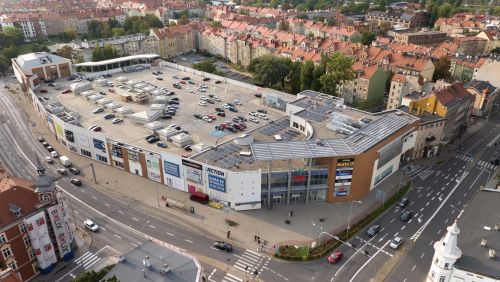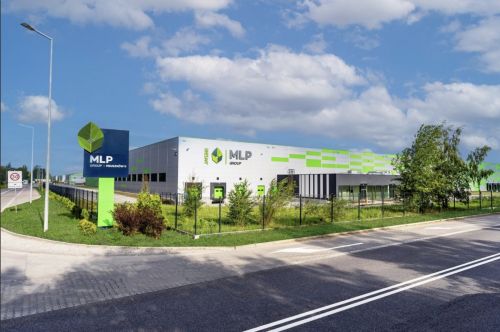The construction of a road, a car park or a sports facility in a public-private partnership is nothing out of the ordinary. However, it would be something of a novelty if a retail centre was to be developed with the participation of a public partner wanting to build its own non-commercial project. Now one of the first schemes of this type is to take place in OlsztynA public-private partnership (PPP) involves long-term cooperation between entities from the public and private sectors on a project. Its aim is to provide public utility services or to carry out projects that satisfy the needs of the community. In public-private partnership projects, the public entity concentrates first of all on producing the end result, i.e. providing the community with the facility to use public services while not being forced into continuous organisational involvement or the long-term investment of public funds in a given project. However, exclusively commercial facilities such as shopping cent






























































